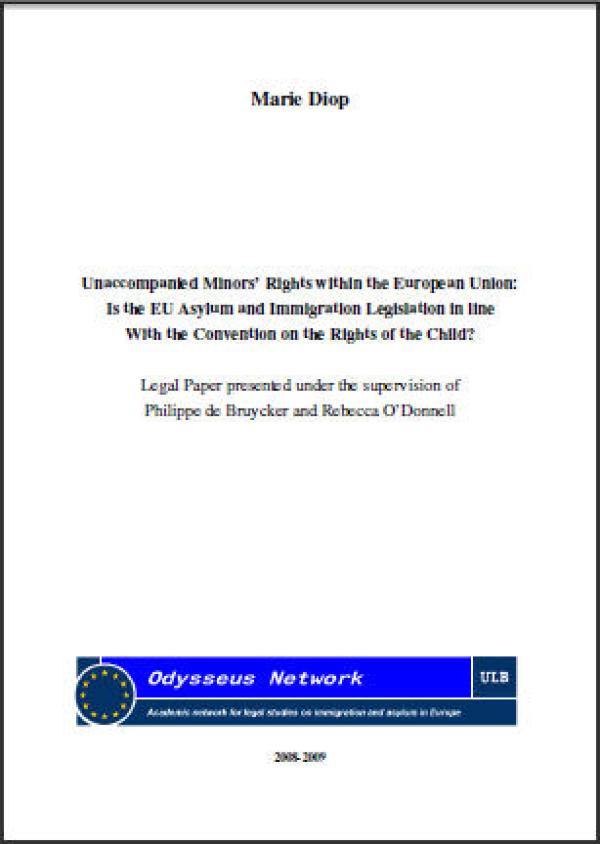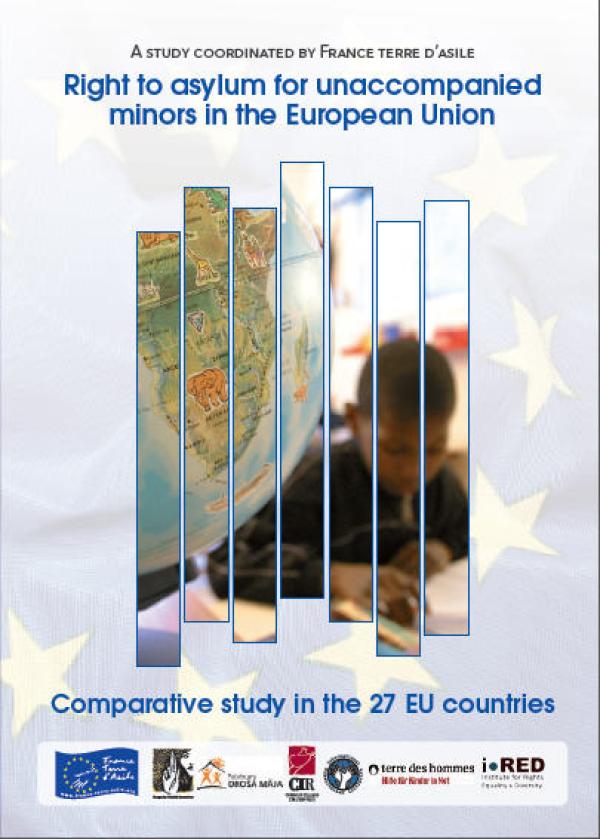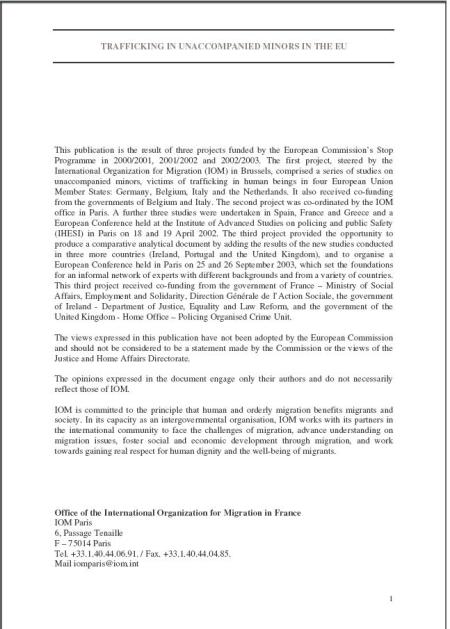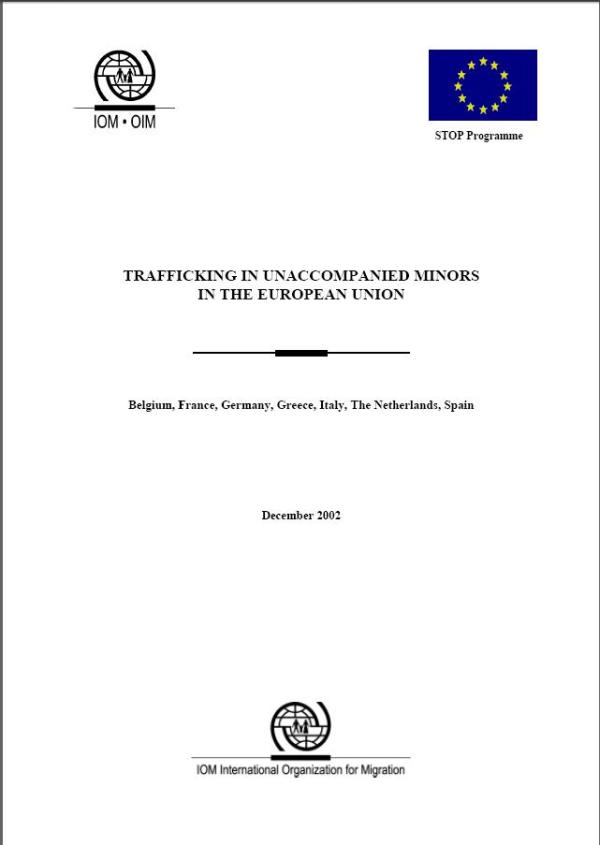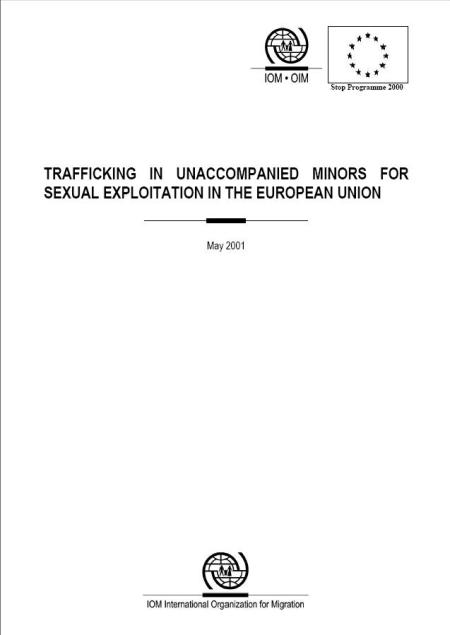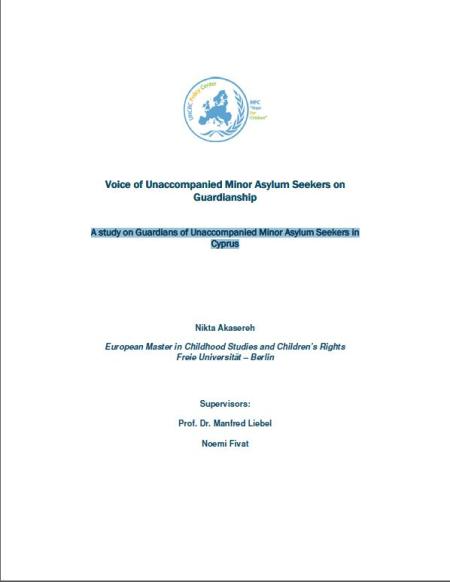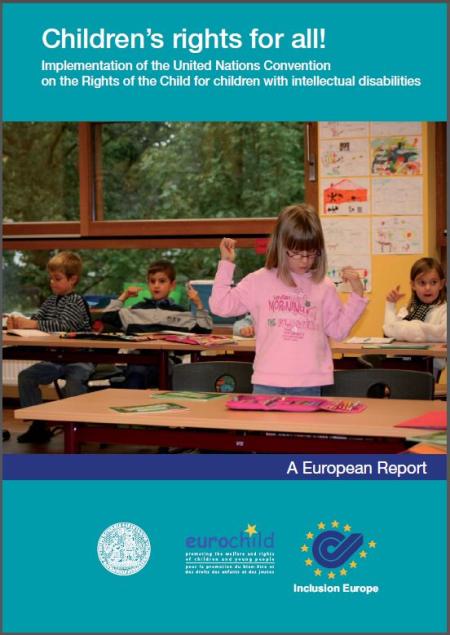
Through a comparison of the EU legislation on immigration and asylum ensuing from the Tampere Council with the Convention on the Rights of the Child, this paper attempts to answer the following question: Is the current EU asylum and immigration legislation in line with provisions applicable to unaccompanied minors as enshrined in the Convention on the Rights of the Child? Children’s rights and their implication on the EU asylum and immigration legislation is addressed in Section I. Following a horizontal review of unaccompanied minors’ rights in the EU asylum and immigration legislation, these provisions are put in perspective with the Convention on the Rights of the Child and analysed in Section II. A review of the situation of unaccompanied minors from the time of their access to the territory to their potential return to their countries of origin involves an examination of the provisions contained in the Reception Directive, the Qualification Directive, the Asylum Procedures Directive, the Dublin II Regulation and the Returns Directive. Since this paper focuses on minors who are unaccompanied, but not separated, the provisions relating to unaccompanied minors within the Family Reunification Directive are not addressed; unaccompanied minors’ rights within the framework of the Temporary Protection Directive are not discussed either. Consideration of views held from political and human rights NGOs, as relevant as they might be, and thus mentioned within this paper when appropriate, are not taken into account, since this legal analysis focuses solely on comparing EU legislation with the Convention. The conclusion eventually allows the author to provide an answer to the initial question “Is the current EU asylum and immigration legislation in line with provisions applicable to unaccompanied minors as enshrined in the Convention on the Rights of the Child?” The proposals for the recast of the Reception, the Qualification, the Asylum Procedures Directives and the Dublin II Regulation which are currently being discussed is also addressed in this part of the report, giving some indications on the potential evolution of unaccompanied minors related provisions in the future EU asylum and immigration legislation. The paper ends with some recommendations and suggestions.


